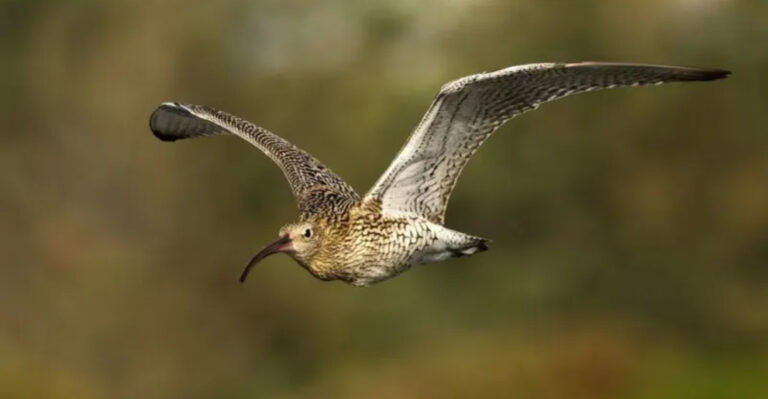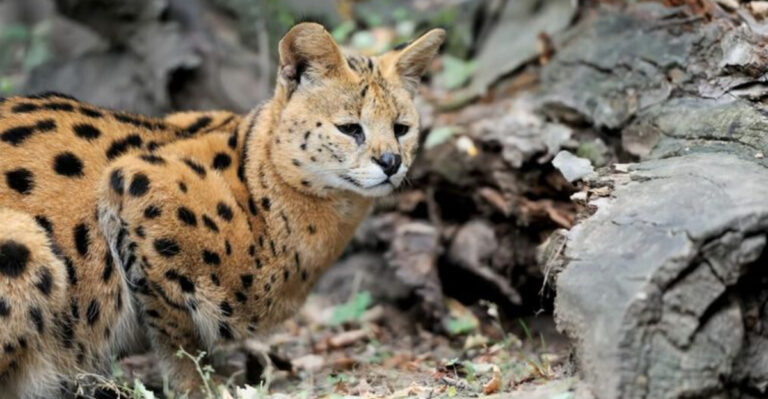12,500-Year-Old Rock Art Depicts Extinct Creatures That Preceded Humans
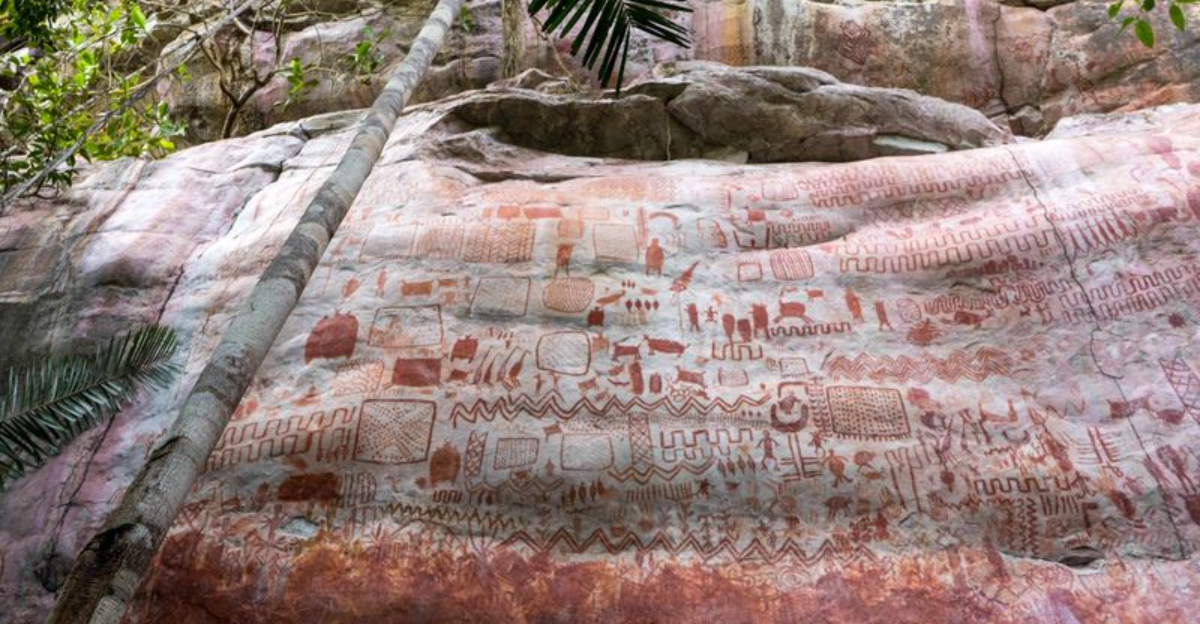
Hidden deep within the Colombian Amazon, archaeologists have uncovered a stunning treasure trove of ancient rock art dating back 12,500 years. These remarkable paintings showcase extinct megafauna like mastodons and giant sloths that once roamed the region alongside early humans.
This extraordinary discovery rewrites our understanding of prehistoric Amazonian life and the fascinating relationship between ancient humans and the magnificent creatures they observed.
The Discovery Of 12,500-Year-Old Rock Art In The Colombian Amazon
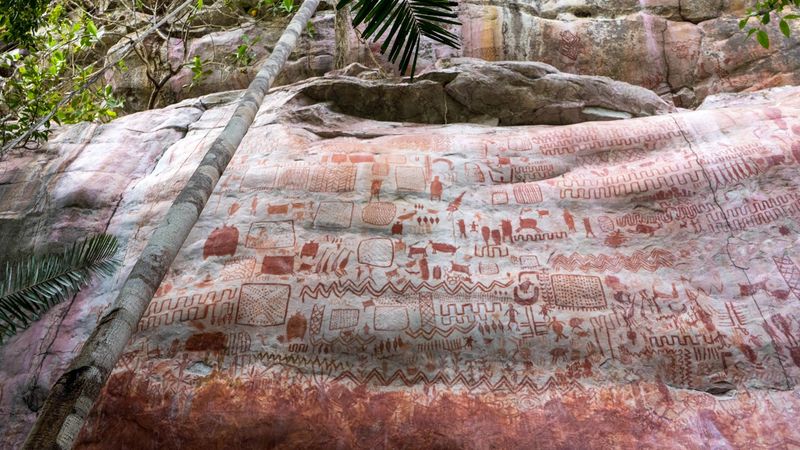
Stumbling upon what looked like ordinary cliff faces, researchers were stunned to find thousands of ochre paintings stretching across eight miles of rock surface in Colombia’s Serranía La Lindosa.
The discovery happened during a 2019 expedition following the historic peace agreement with FARC rebels, which opened previously dangerous areas to scientific exploration.
These paintings represent one of the largest and oldest collections of prehistoric art in South America.
What The Ancient Paintings Reveal About Prehistoric Megafauna
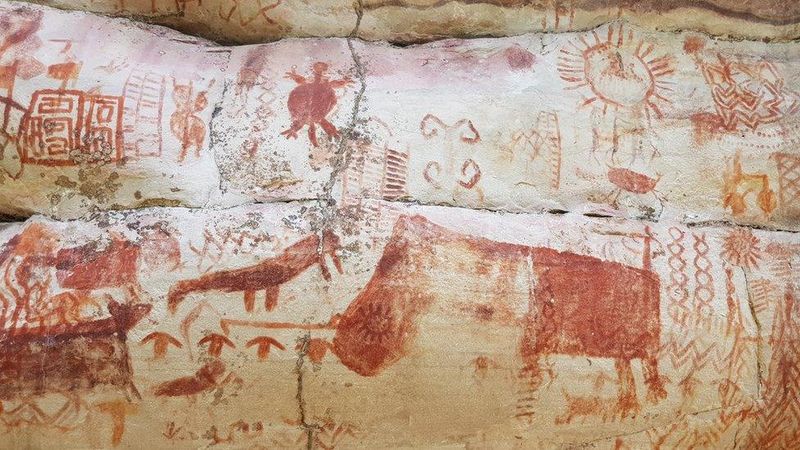
Frozen in red ochre are detailed depictions of animals long vanished from Earth, offering a window into a lost ecosystem teeming with diversity.
The paintings capture anatomical details of extinct species like the mastodon’s distinctive tusks and the giant sloth’s massive claws with surprising accuracy.
Scientists believe these detailed renderings could only have been created by artists who directly observed these creatures, confirming human-megafauna coexistence in ancient Amazonia.
Mastodons And Giant Sloths Depicted In Rock Art Alongside Humans
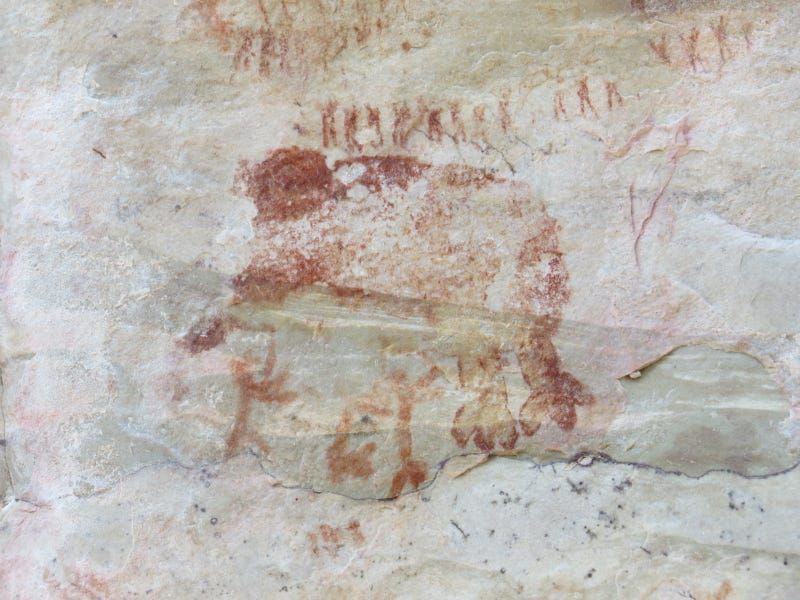
Towering mastodons with their curved tusks and shaggy fur stand frozen in time next to human figures, revealing an ancient world where these species interacted.
Ground sloths, nothing like their modern tree-dwelling cousins, appear as massive creatures standing upright on powerful hind legs in the paintings.
Artists also depicted humans hunting, dancing, and seemingly worshipping these magnificent beasts, suggesting complex relationships beyond mere predator and prey.
How The Art Challenges Our Understanding Of Human-Animal Coexistence
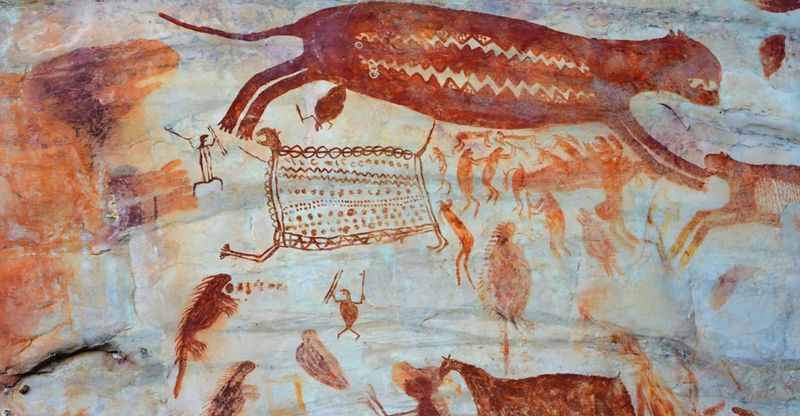
Before this discovery, many scientists believed humans arrived in South America after most megafauna had already disappeared. These paintings flip that theory on its head!
The artwork shows humans and extinct creatures living simultaneously, forcing archaeologists to reconsider migration timelines and extinction patterns.
Most surprisingly, the paintings suggest humans might have had spiritual or cultural connections to these animals rather than just viewing them as food sources.
Decoding The Rock Paintings And Their Significance For Prehistoric Research
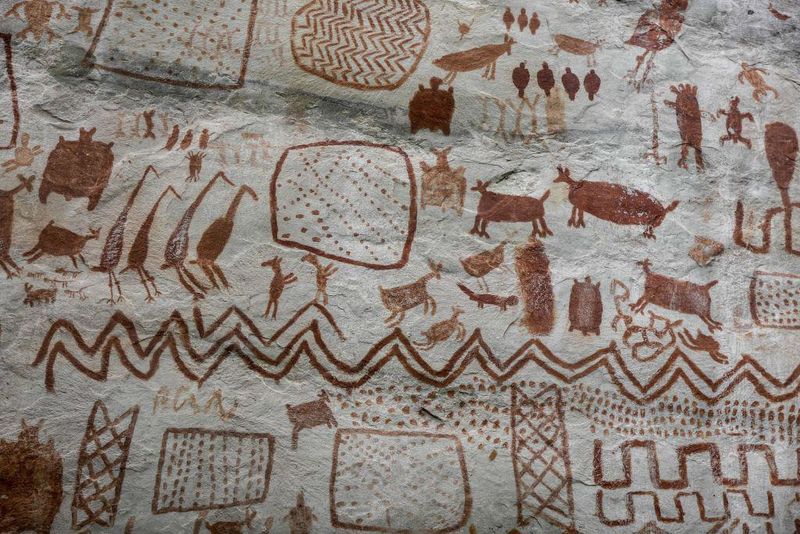
Handprints alongside animal figures might represent signatures of the artists or symbolic connections between humans and the creatures they painted.
Geometric patterns intertwined with animal imagery suggest these weren’t just documentary works but possibly carried spiritual or astronomical meanings.
Archaeologists are using cutting-edge technology like spectral imaging to reveal faded elements and pigment composition, helping decode the paintings’ creation techniques and intended messages.
The Biodiversity Of The Amazon During The Late Pleistocene
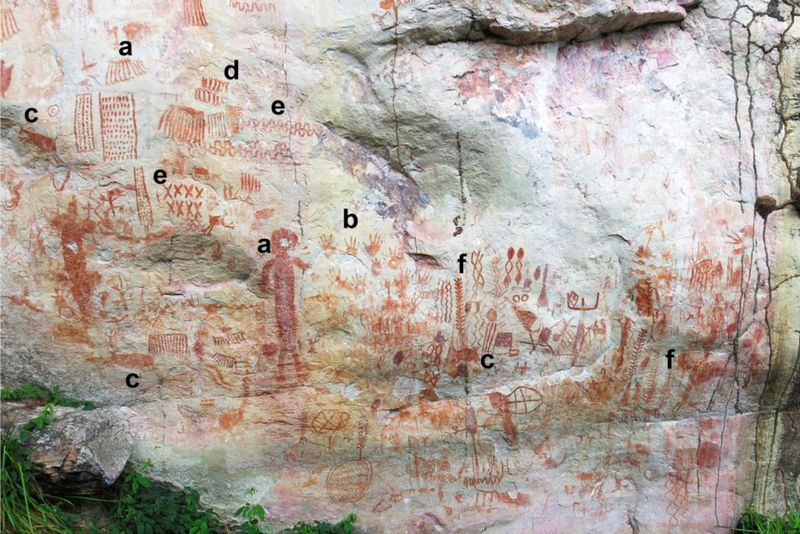
Unlike today’s dense rainforest, the paintings suggest ancient Amazonia featured more open savanna-like landscapes where megafauna could roam freely.
The artwork documents an incredible variety of now-extinct species including giant armadillos, prehistoric horses, and camelids that vanished from South America thousands of years ago.
Paleoclimate studies confirm the region experienced dramatically different rainfall patterns during this period, creating unique ecosystems that supported these diverse animal communities.
The Role Of Humans In Depicting Extinct Species In Ancient Art
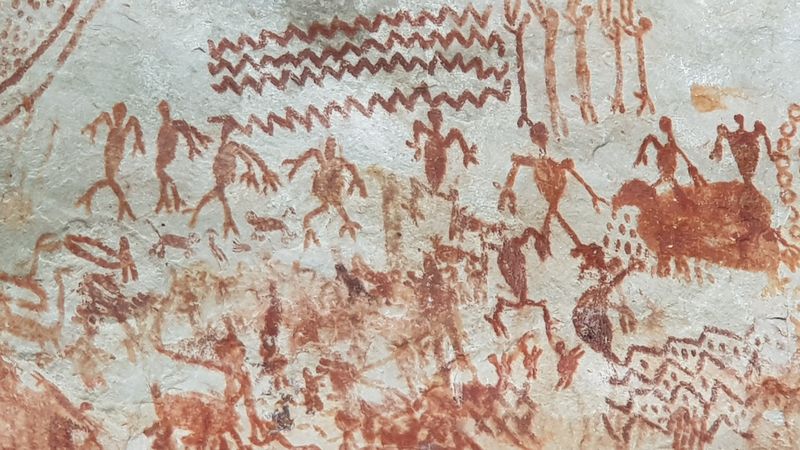
Ancient artists clearly prioritized certain animals in their artwork, suggesting these creatures held special cultural or spiritual significance.
The skill level varies across the paintings, indicating different artists or perhaps an apprentice system where rock art techniques were taught across generations.
Some scenes show humans wearing animal masks or costumes during what appear to be ritual activities, hinting at complex belief systems connecting people to the animal world.
How This Discovery Sheds Light On Early Human Cultural Practices
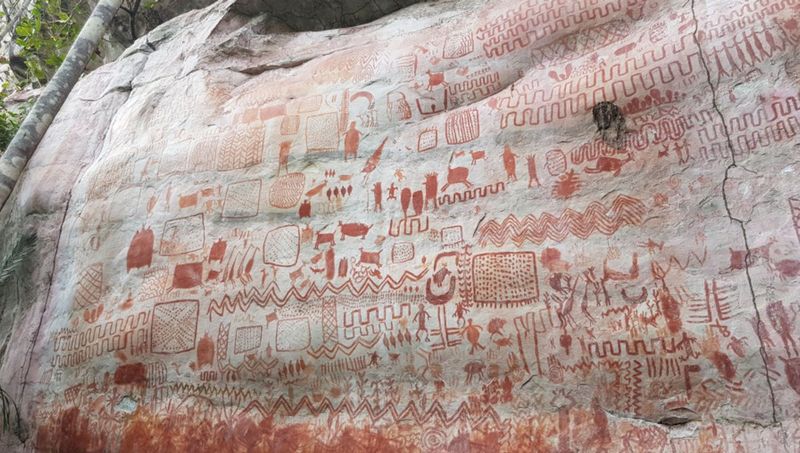
Scattered among animal figures are fascinating glimpses of daily life – people dancing, hunting, and gathering in groups that reveal social structures of these ancient communities.
The sheer scale of the rock art gallery suggests this wasn’t a quick project but rather a cultural tradition maintained over many generations.
Painting materials and techniques show remarkable consistency over time, indicating knowledge transfer systems and established artistic traditions among these early Amazonians.
The Importance Of Preserving Prehistoric Art Sites For Future Research
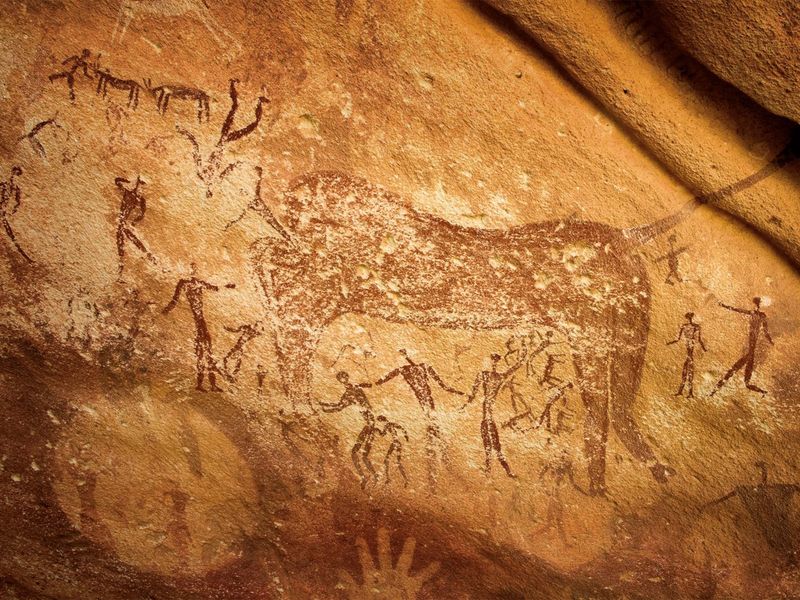
Sadly, increased deforestation threatens these irreplaceable windows into our past, with some panels already damaged by fires and development.
Local indigenous communities are partnering with scientists to protect the sites, recognizing these paintings as part of their ancestral heritage worth preserving.
New technologies allow researchers to create detailed 3D scans of the artwork, ensuring these treasures will survive digitally even if the physical paintings eventually succumb to time and environmental threats.




